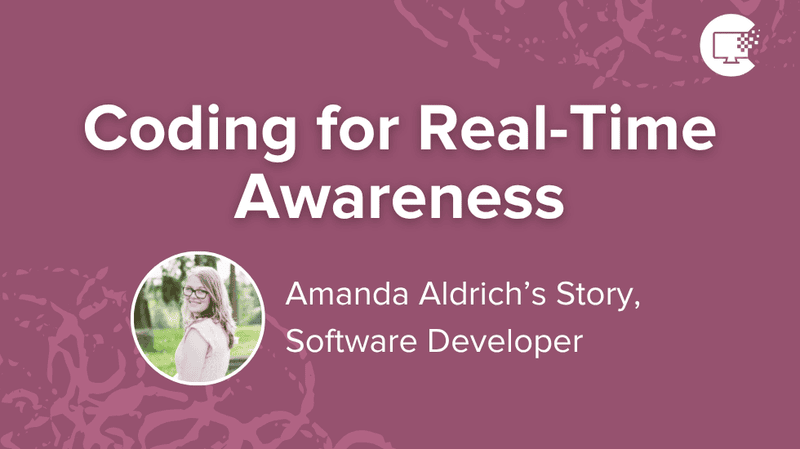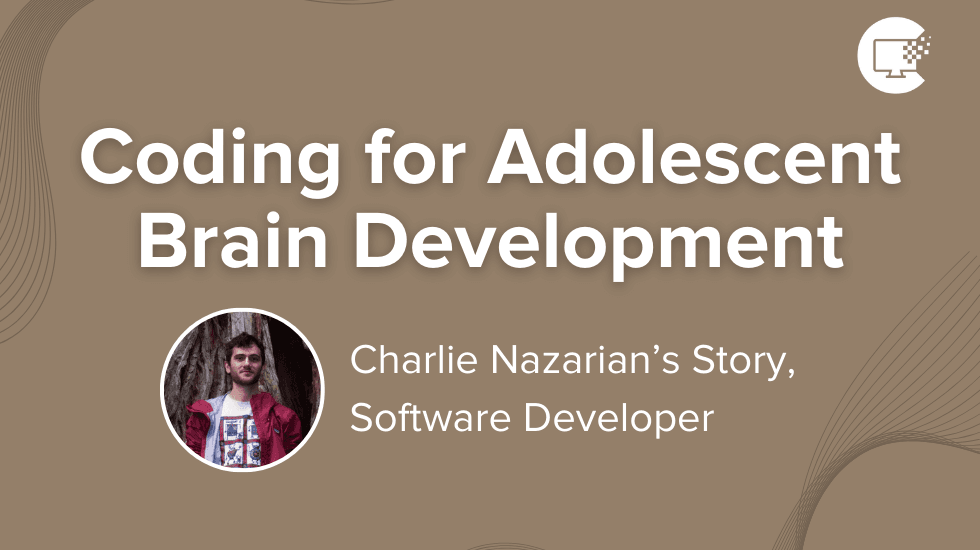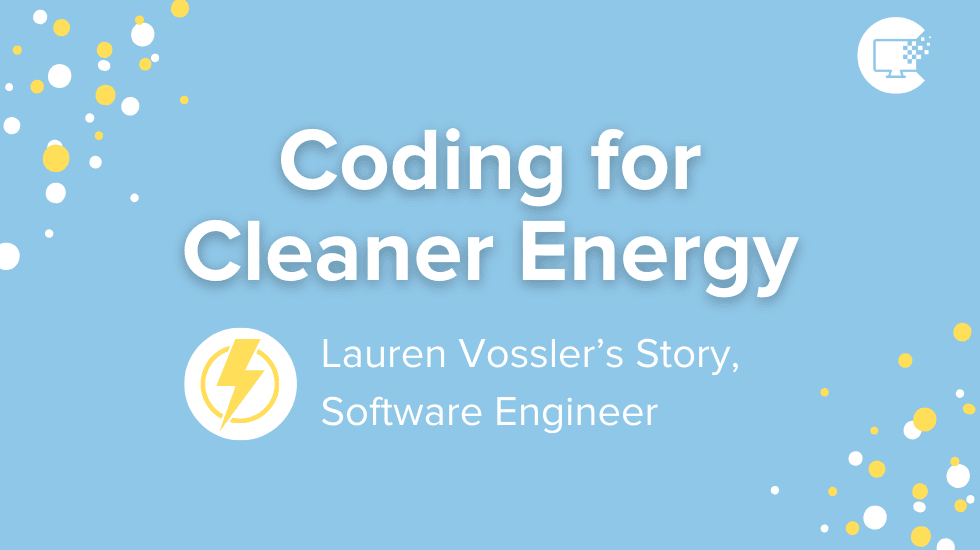Coding for Spacecraft Design
By Dr. Columbia Mishra

Hello Everyone! My name is Dr. Columbia Mishra and I am a Senior Staff Systems Architecture Engineer at Maxar Technologies Inc.

I work in the space industry designing spacecrafts. I primarily leverage my Mechanical Engineering domain expertise, combined with my coding skills as I design spacecrafts considering space and thermal environments. For my most recent project I am working on NASA’s Artemis Mission to land the first woman and the next man on the Moon. The goal is to eventually establish permanent human presence in the Lunar orbit, and I am confident that my work will contribute to getting us there!
At Maxar Technologies we use tools that can solve for radiation, conduction, and convection. The diagram below illustrates these three primary modes through which heat transfers from one medium to another. As expected, both domain expertise in Mechanical Engineering and coding skills are critical for success in my line of work. There are several commercial packages available to run our spacecraft simulations and we write code for user-defined functionalities, while also making use of MATLAB programming and Python scripting to develop in-house tools.
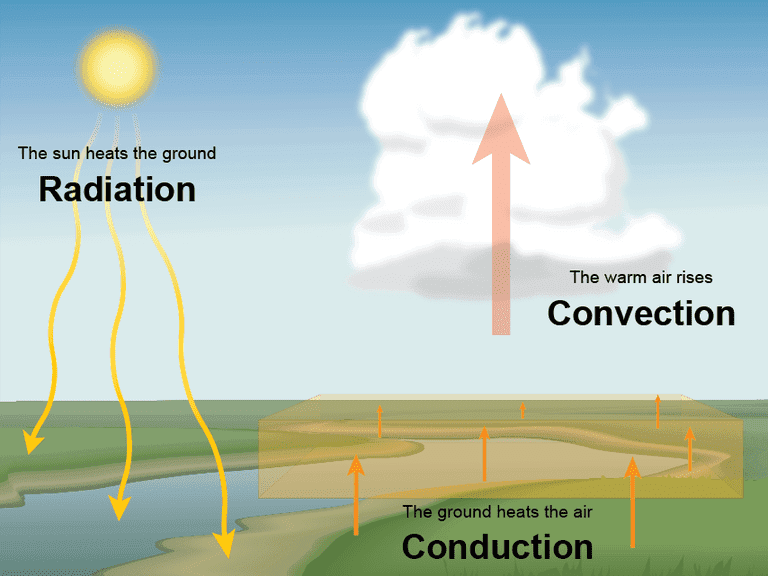
Tell us about your background.
I received my Bachelor’s degree in Mechanical Engineering from Jadavpur University, Kolkata, India, my Master’s in Mechanical Engineering from Texas Tech University, and my Ph.D. in Mechanical Engineering from The University of Texas at Austin.
Following graduation with my Bachelor’s degree, I traveled to the United States for a Master’s in Mechanical Engineering. I specialized in theoretical fluid mechanics working on highly viscous fluid flow solving nonlinear partial differential equations using analytical methods and coding. Afterwards, I worked at Makino Asia Pte Ltd in Singapore on thermal research and development.
I returned to the United States to work in the oil & gas industry at Stress Engineering Services in Houston, Texas. There I worked on applying principles of computational methods to solve challenges faced by the oil and gas industry clients who had floating platforms and drilling operations in the Gulf of Mexico. We used FORTRAN based solvers and wrote software in FORTRAN and scripting in MATLAB and xml for post processing.
I have wanted to work in the space industry and be an astronaut since middle school.
During my time in Houston I met a number of astronauts and engineers from NASA, fueling my passion further. This motivated me to pursue a Ph.D. in Mechanical Engineering at The University of Texas in Austin. The focus for my research was nanoscale thermal transport. This took me to the path on coding in C++ and Python. I often utilized other tools such as Matlab as well. Developing this coding background gave me the insights into the machinery behind commercially available packages widely used in the industry. It also allowed me the flexibility to write my own codes into the workplace in the future.
My first position after my Ph.D. in Mechanical Engineering was in the semiconductor industry at Intel Corporation. As a Resolution Enhancement Design Engineer, I developed algorithms to solve for Optical Proximity corrections for Computational Photolithography. This required coding to solve for Maxwell’s equations while optimizing for lithography process biases and model errors. In my next role as a Senior Thermal Engineer at Intel, I did system level thermal-fluids analysis of consumer electronics. I utilized Computational Fluid Dynamics(CFD) to solve thermal challenges in designing laptops, desktops and handheld devices.
How do you use coding in your projects?
We use coding for solving radiation, conduction, and multiphase CFD (Computational Fluid Dynamics) problems.
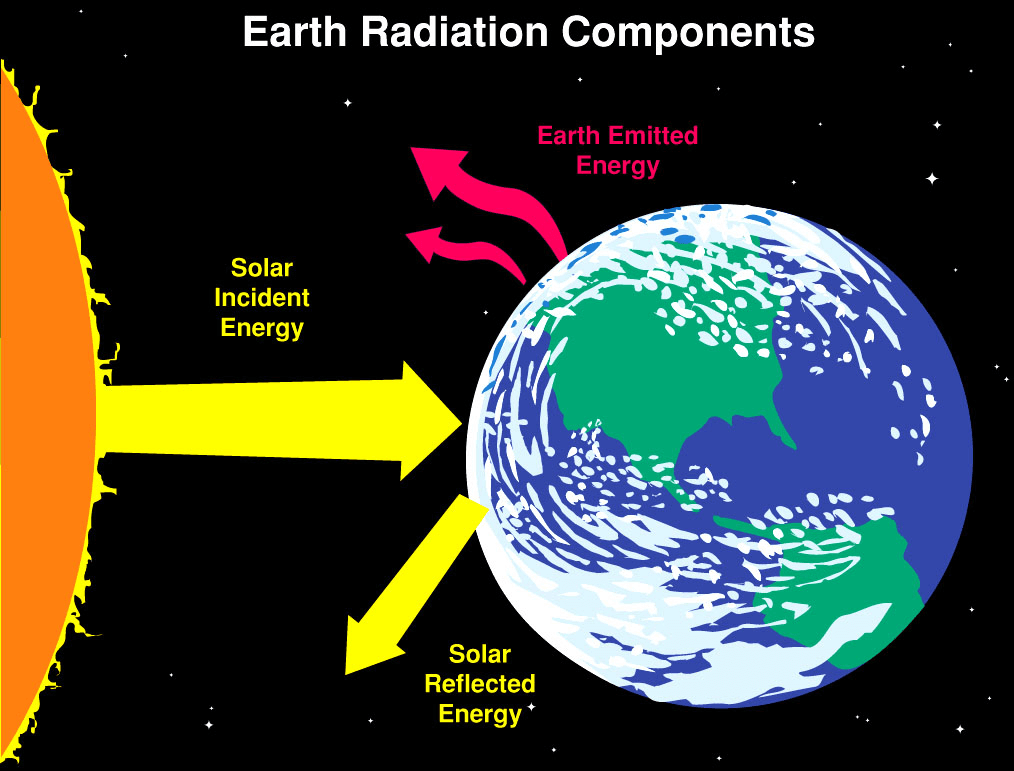
Typically the industry also utilizes data processing for large volumes of experimental data, as well as for training large sets of data for machine learning algorithm development.
Any fun insights related to the application of CS in your area?
In the domain of heat transfer and fluid dynamics, it is important to understand the fundamental principles. Having access to numerical tools and coding abilities can make you highly efficient and productive in getting a lot done in shorter time frames. Understanding the algorithms can also yield insights into the commercial packages and utilizing it to your maximum benefit.
What tools and programming languages do you use?
I leverage a combination of different tools and programming languages:
- Thermal Desktop
- Python
- FORTRAN
- Matlab
- Excel
- Bash programming
- C++
- ANSYS Workbench
- FloTHERM
- FLUENT
- IcePak
- Several Internal tools
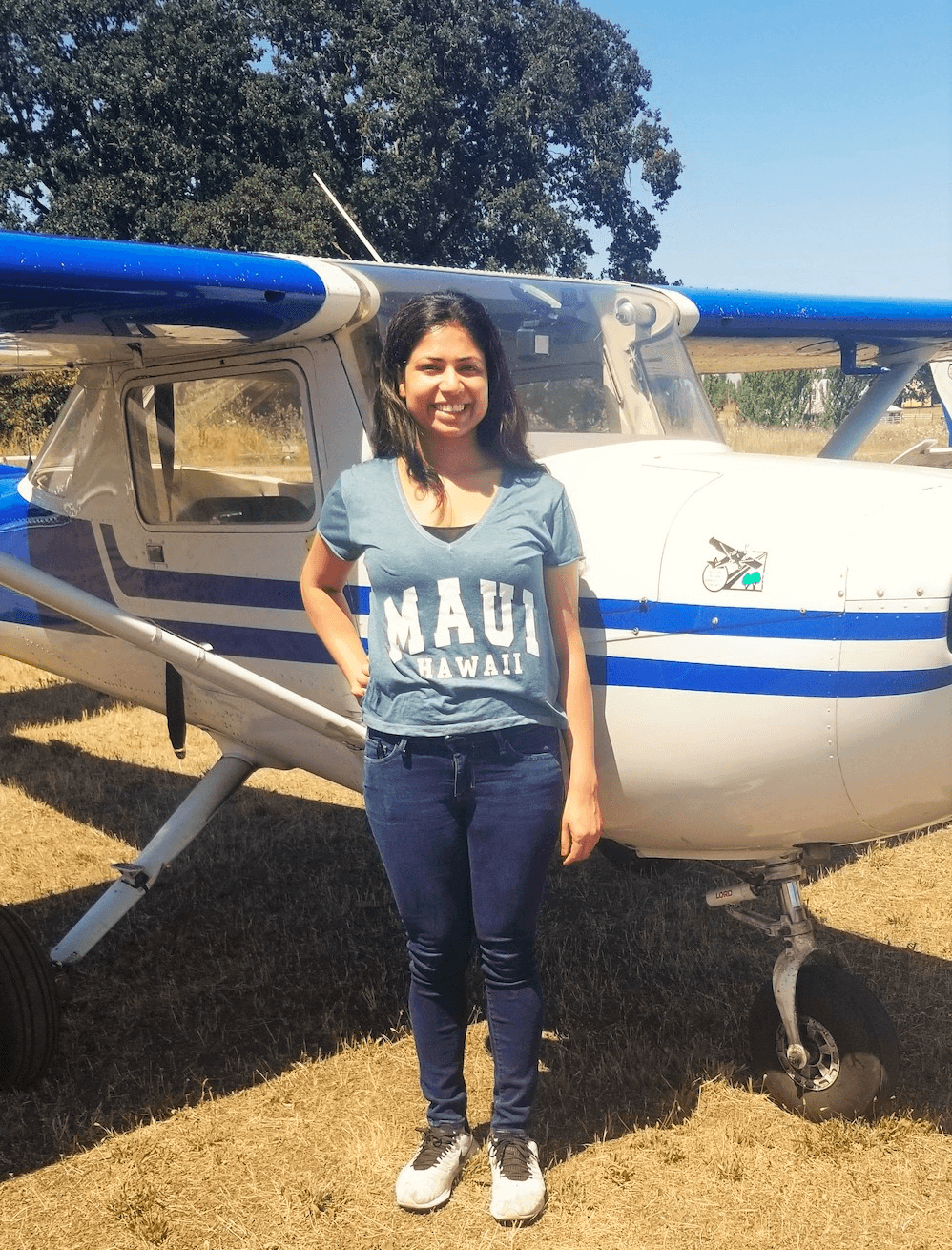
Dr. Columbia Mishra has a Ph.D. in Mechanical Engineering from UT Austin, engineers spacecrafts, has multiple research publications, 1 granted and 4 pending patents.
A passionate space enthusiast, Dr. Mishra is en-route to becoming a trained pilot. She mentors first generation HS students and uses her title of Miss Asia California 2020 and Miss India Oregon 2019 to raise awareness about social issues. Columbia also leads a music band and enjoys traveling around the globe.
Interested in utilizing this resource in your elementary classroom? Check out our elementary version of this blog here. Comprehension is designed for younger students and can easily be incorporated into your curriculum.
